Image elements of the document
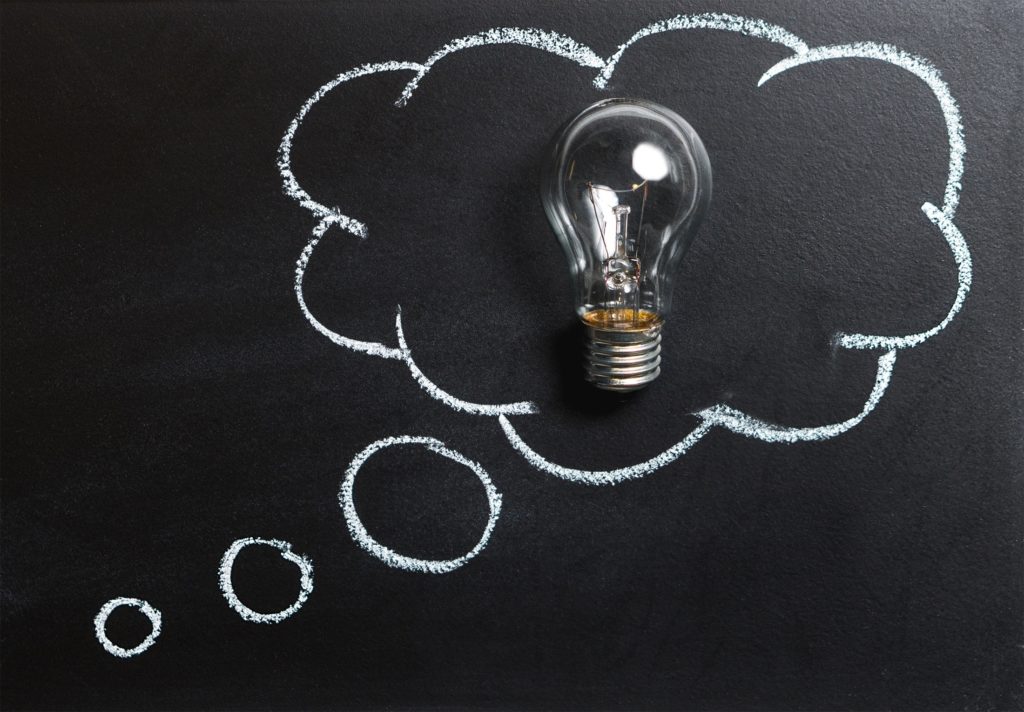
The three levels of consciousness
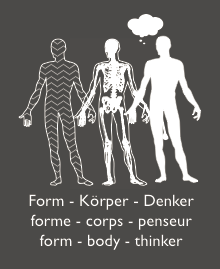
The workings of life and especially consciousness still remain a great mystery to science. Modern imaging techniques allow us to look more and more closely into the brain and even observe how it functions. But with every new insight, new questions are raised. In order to visualize the IN>TELL>ACT concept, the human concept was divided into three levels: the thinker, the body and the form. Each level is also assigned a consciousness. This is how the thinker functions with mental consciousness, the body with body consciousness and the form with form consciousness. Although all three levels work together simultaneously and in parallel and cannot be separated from each other, we can use this tripartite division as a working model for understanding the strategy and for working on these strategies.
a. The awareness of form (form)
According to Rupert Sheldrake, the information for the developmental form of a living being is present in the universe as a morphogenetic field. According to “Global Scaling”, the morphogenetic field corresponds to the body’s own vibration at the lowest energetic level. This applies not only to the body as a whole, but also to every organ and every cell. Like all matter in the universe, from a purely physical point of view, the human body also has the urge to vibrate at this lowest energetic level.
b.Body consciousness
The body consciousness controls the material body, which has grown into the morphogenetic field, the “ideal self”, in the course of the individual’s development and changes in this field over time. It functions in the moment and knows neither past nor future. All information is organized in parallel, not linearly as in mental consciousness. According to this model, the body consciousness strives at all times to conform to the bodily and physical form of the “ideal self” (state at the lowest energetic level).
c.The mental consciousness
The mental consciousness contains our thinking and conscious will. The mental consciousness is time-bound and enables us to compare, justify, think logically and plan. But it is not directly involved in the process of survival, although it can influence it indirectly.
Growth or protection
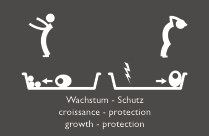
A single cell can either grow or protect itself. Both are not possible at the same time. In a complex system, such as the human system, it is possible for different parts to be in a growth process while other parts remain in a protective mechanism. A system only functions perfectly when all its parts are in the process of growth. Every living being strives to achieve this state.
Evolution

It is becoming increasingly apparent that modern man also functions to a very large extent like his ancestors thousands of years ago. Even the brain has not yet adapted to the conditions of the 21st century and reacts in a rather primeval way to external conditions. Most forms of behavior are also evolutionary and can be found in both humans and animals.

We know from quantum physics that both photons and particles of matter can behave not only like particles, but also like waves. When working with “IN>TELL>ACT”, it is therefore important to know the relationship between information, energy and representation (as matter). The material representation is a representation made visible, audible or tangible by energy. Information. Information is always present and is bound neither to space nor to time. Energy makes the information recognizable, it can transport it and change its representation. The material representation is the energetically recognizable information that is created when it hits a calibrated receiver (other energy/information). A simple example of this principle is the projection of a slide onto a screen. The slide is the information, the projector lamp is the energy and the screen enables the display. If one of the three elements is missing, there is no exchange of information.
Universal communication through resonance
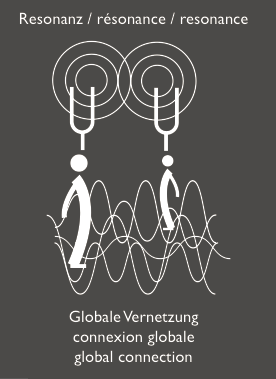
Thanks to modern quantum physics, we also know about the possibility of spaceless and timeless communication between two quantum particles. How far this can be transferred to the atomic level is still an open question. However, recent research in this area is showing more and more clearly that global communication exists and that it is possible to create resonance between two systems so that they can then communicate with each other. This principle can also be observed in the field of human communication, even if the scientific background of such communication has not yet been researched or communicated.
Reward – Punishment
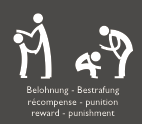
The principle of reward and punishment has not found its way into education for nothing, because this is a general element of behavioral biology that makes a person what they are. It is a component of every strategy development that is not always visible. Everything that leads to saving the system from collapse, i.e. from death, is seen by the system itself as a reward (Henri Laborit).
Conditioning
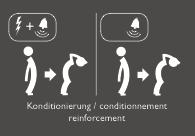
In combination with the principle of reward, the principle of conditioning is the strongest force in the development of a strategy. Since Pavlov, we have known that a signal that is received together with the satisfaction of a biological need can later take over the role of the need. For example, a person protects himself from a life-threatening danger and at the same time hears the sound of a bell. If danger and the sound of a bell occur together several times, the sound of the bell, although harmless, is enough to trigger the protective reflex unconsciously and automatically. What would still be justifiable in nature often becomes unbearable in everyday life, because this mechanism bypasses our mental consciousness in such a way that we can no longer explain and understand our own reactions and our own physical and bodily behavior. People tend to believe that they consciously decide to act the way they do. However, the principle of conditioning raises the important question of the free will of the individual.
Repetition

Until a century ago, the principle of repetition always applied in nature. In nature, the probability that a phenomenon will repeat itself has always been greater than the probability that something will change. This is different in our century, but for the human system, this change has not yet reached the physical consciousness and it still reacts in the same way as prehistoric man. So we have to incorporate the persistence of our system to adapt to a repetition into the strategic concept. Every strategy is based on this power to leave everything as it is and let our lives run as a series of automatisms. Through the knowledge of this urge to repeat, our unconscious automatisms become suggestions that can be accepted or rejected.
